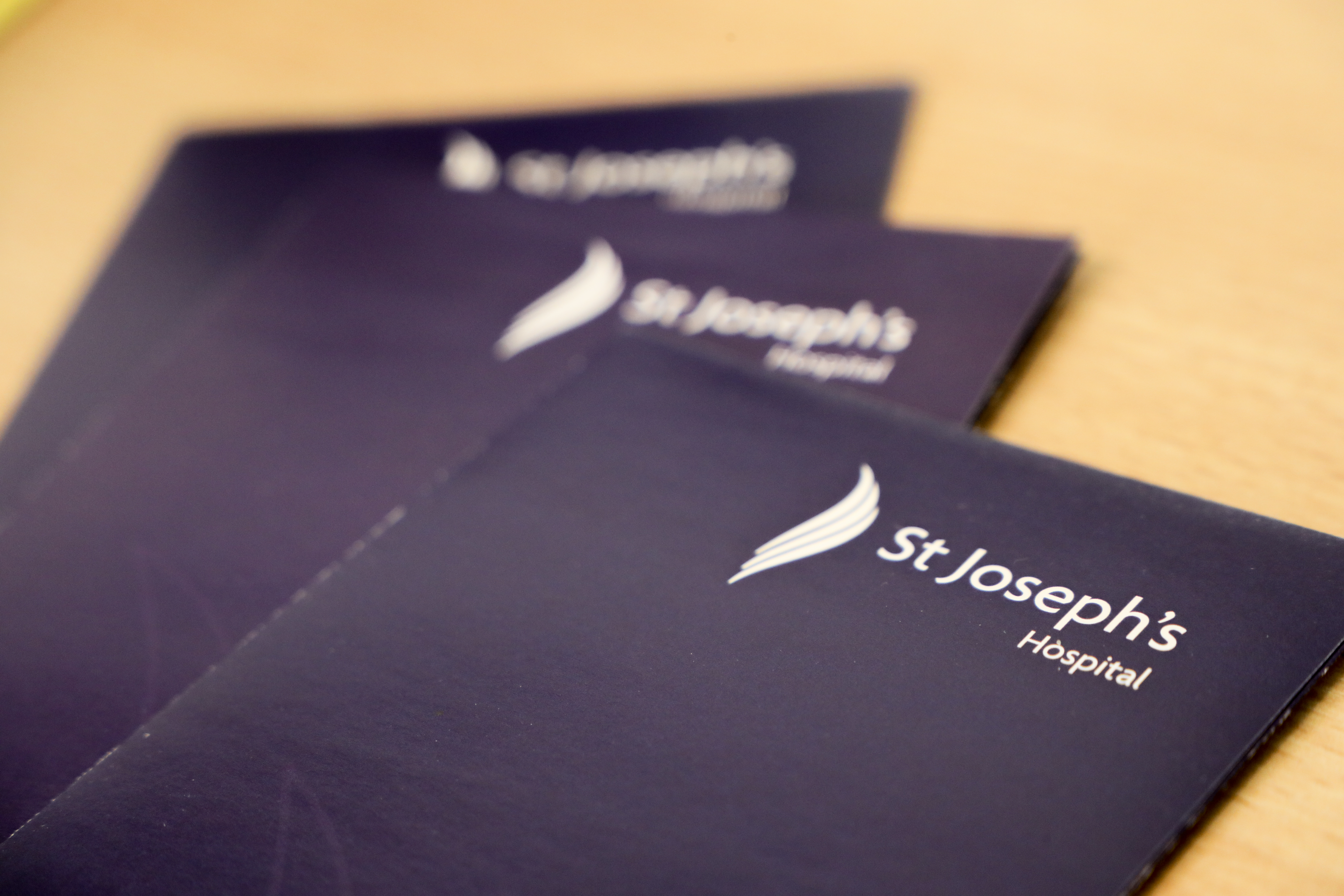
Mr Adam Cox
Urologist
- Urology
- Self-pay/Insured
Cystoscopy


What is a cystoscopy?

Our transparent pricing and bespoke packages allow you to pay for the treatments and services you need, when you need them.

Many of our dedicated consultants have partnered with insurance companies to give you peace of mind with your health.
For more information call one of our friendly patient advisors or book online using the button below.